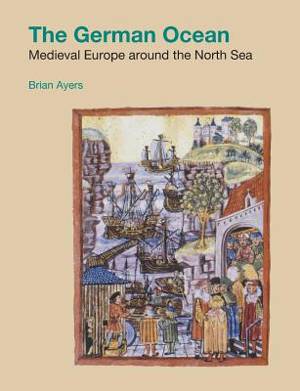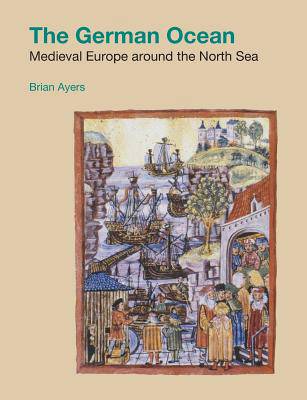
- Retrait gratuit dans votre magasin Club
- 7.000.000 titres dans notre catalogue
- Payer en toute sécurité
- Toujours un magasin près de chez vous
- Retrait gratuit dans votre magasin Club
- 7.000.0000 titres dans notre catalogue
- Payer en toute sécurité
- Toujours un magasin près de chez vous
Description
The German Ocean examines archaeological and historical evidence for the development of economies and societies around the North Sea from the beginning of the 12th century until the end of the 16th century. It draws in material from Scandinavia to Normandy and from Scotland to Kent. While largely concerned with the North Sea littoral, when necessary it takes account of adjacent areas such as the Baltic or inland hinterlands. The North Sea is often perceived as a great divide, divorcing the British Isles from continental Europe. In cultural terms, however, it has always acted more as a lake, supporting communities around its fringes which have frequently had much in common. This is especially true of the medieval period when trade links, fostered in the two centuries prior to 1100, expanded in the 12th and 13th centuries to ensure the development of maritime societies whose material culture was often more remarkable for its similarity across distance than its diversity. Geography, access to raw materials and political expediency could nevertheless combine to provide distinctive regional variations. Economies developed more rapidly in some areas than others; local solutions to problems produced urban and rural environments of different aspect; the growth, and sometimes decline, of towns and ports was often dictated by local as much as wider factors. This book explores evidence for this 'diverse commonality' through the historic environment of the North Sea region with the intention that it will be of interest not only to historians and archaeologists but to those who live and work within the historic environment. This environment is a common European resource with much to contribute to a sustainable future - the book will seek to provide links between a European past and that European future.
Spécifications
Parties prenantes
- Auteur(s) :
- Editeur:
Contenu
- Nombre de pages :
- 292
- Langue:
- Anglais
- Collection :
Caractéristiques
- EAN:
- 9781781797228
- Date de parution :
- 01-09-18
- Format:
- Livre broché
- Format numérique:
- Trade paperback (VS)
- Dimensions :
- 189 mm x 246 mm
- Poids :
- 703 g

Les avis
Nous publions uniquement les avis qui respectent les conditions requises. Consultez nos conditions pour les avis.






